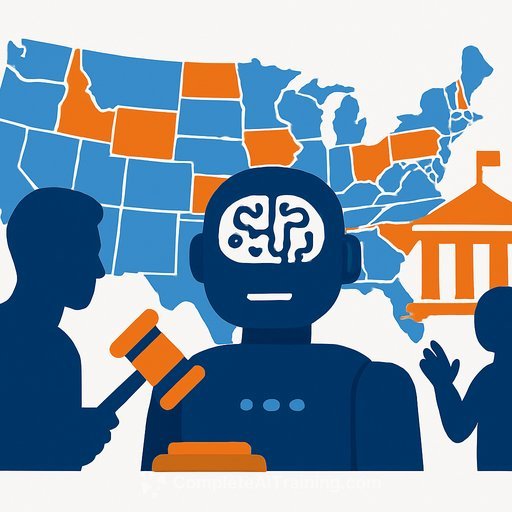NIST Seeks Public Input on AI Security Control Overlays
The National Institute of Standards and Technology (NIST) is inviting feedback on its proposal to create guidance for securely implementing artificial intelligence (AI) systems. This initiative centers on developing control overlays based on NIST’s well-known SP 800-53 security framework, aimed at addressing the unique challenges posed by AI technologies.
These overlays will assist organizations in protecting both the AI systems themselves and the sensitive data they process. By focusing on maintaining integrity and confidentiality, NIST hopes to provide practical security controls tailored to different AI use cases.
Why AI Security Needs Special Attention
AI technologies bring new risks that traditional software security controls don’t fully cover. As the NIST paper explains, while AI systems are mostly software-based, they introduce distinct cybersecurity challenges that require fresh approaches.
The rapid integration of AI into workplaces offers significant productivity benefits, but it also opens doors for malicious actors. Researchers have demonstrated how attackers can exploit AI agents to manipulate workflows or corrupt data, raising serious concerns for enterprises adopting these technologies.
Focus Areas for AI Control Overlays
The project currently targets five specific use cases:
- Adapting and Using Generative AI – Assistant/Large Language Model
- Using and Fine Tuning Predictive AI
- Using AI Agent Systems – Single Agent
- Using AI Agent Systems – Multi Agent
- Security Controls for AI Developers
These categories cover a broad spectrum of AI implementations, from generative models like language assistants to multi-agent systems, ensuring that guidance is relevant across different scenarios.
Real-World Risks Highlighted by Recent Research
At the recent Black Hat conference, researchers from Zenity Labs illustrated how hackers could take control of leading AI agents to carry out attacks that disrupt critical workflows. Such demonstrations underline the urgent need for robust security measures.
Additionally, Carnegie Mellon researchers showed that large language models (LLMs) can autonomously launch cyberattacks, turning AI into a potential tool for offense as well as defense.
Organizations looking to strengthen their AI security posture might also explore specialized training and certifications. Complete AI Training offers courses that cover AI security fundamentals and practical implementation strategies.
How to Get Involved
NIST has opened a Slack channel to collect community feedback on the development of these AI control overlays. This collaborative approach aims to incorporate diverse perspectives and expertise to build effective and actionable guidance.
By participating, IT professionals, developers, and government personnel can help shape security practices that keep AI deployments safe and reliable.
For more details on the project and to join the conversation, visit NIST’s official website or their public channels.
Your membership also unlocks:










